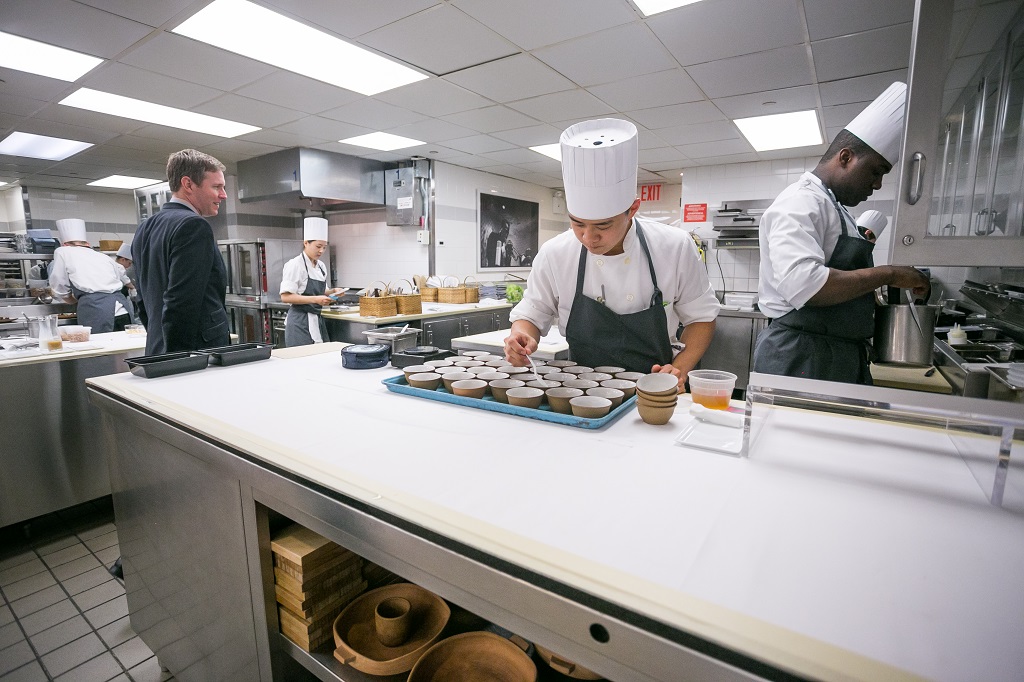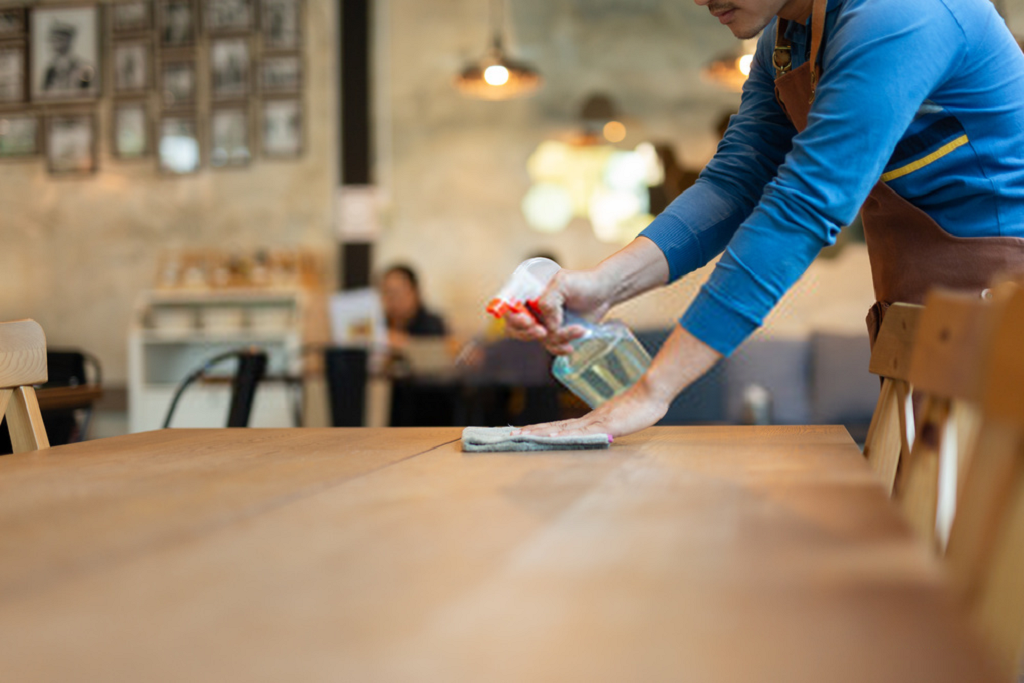Most restaurant owners get into this business because of their passion for food and serving others. While many restaurant owners pay special attention to creating a perfect restaurant culture, serve lip-smacking food, hire courteous staff, etc., maintaining their restaurants often takes a back seat. If you maintain restaurant properly that helps in extending the life of your kitchen equipment and furniture as well as creating a hygienic dining experience. Moreover, with the ongoing Covid-19 pandemic, emphasis on sanitation has become paramount.
Dirty washrooms, odor in utility areas, unclean restaurant chairs, etc. are among the top reasons why customers avoid revisiting a restaurant. Therefore, a clean and tidy restaurant not only creates a hygienic place to dine, but it is also beneficial for your business. Cleaning your restaurant requires a collective effort by your staff. Read on to find out how to train your staff to maintain your restaurant well.
Tips to Maintain Your Restaurant
1. Provide the Right Training to Take Care of and Clean Furniture:
Restaurant furniture is a significant investment, and you must ensure that your staff takes care of it. To create an inviting atmosphere for your guests, you might be using various restaurant furniture items like tabletops, chairs, cabinets, display units, etc. made from different materials. Cleaning different materials requires awareness and proper training of your staff. Here are some useful tips:

- Since outdoor furniture faces the brunt of weather and external elements, use an anti-bacterial agent to ensure they are free from damp and debris.
- For metal restaurant chairs, use a soft cloth with all-purpose cleaner and disinfectant.
- If you are using wooden restaurant tables and chairs, grease marks and stains require a special wood-purpose cleaning agent. Since wooden furniture is easily scratch-able, ensure to treat and paint the chipped portion.
- Disinfect the restaurant table tops regularly with an anti-bacterial cleaner to ensure a hygienic food-eating area for your customers.
2. Create and Maintain a Schedule for Cleaning:
Rather than doing all of the cleaning of your restaurant at once, you can divide the chores depending upon the cleaning frequency. Here are some examples for scheduling the cleaning work in your restaurant:

- Restaurant Cleaning Between the Shifts:
Instead of waiting for the closing time for all-round cleaning, set aside some chores for your restaurant staff between their shifts. For example, performing chores like emptying the trash-bin, wiping counters, cleaning cutting boards and blenders, etc., between the shifts can significantly reduce the burden on your staff.
Cleaning at the End of the Day:
Although cleaning between the shifts takes the stress away from cleaning, you can’t complete some exercises until the restaurant closes. Ensure that tasks like sweeping the floors, vacuuming the carpets, washing the counter tops, cleaning fryers and cook tops, cleaning the outdoor furniture are done before you call it a night to assure freshness on the next working day.
Weekly Cleaning:
Kitchen equipment in your restaurant often requires a weekly cleaning schedule to work suitably and efficiently. For example, check the coffee machines, sinks, and deep fryers for scaling. Similarly, clean the area in and around the refrigeration units and scrub the interior as well as the exterior of your ovens thoroughly.
Monthly Cleaning:
Despite the rigorous cleaning exercise in your restaurant, you must check and perform a monthly deep cleaning on your refrigeration units, plumbing fittings, drainage, etc. Make it a point to clean the condenser coils and air filters of your refrigerators. Similarly, remove the grease formed in and around the water tubes and drainage pipes in the kitchen.
3. Assign Cleaning Tasks to Your Staff:
From preparing raw materials to cooking dishes to serving them to your customers, it passes through several pairs of hands before reaching to your customers. Therefore, you must emphasize the importance of following the best hygiene practice to your staff. Apart from training and educating your staff, you must assign specific tasks to them. You can use maintenance checklists not only to assign tasks but also to ensure strict adherence of the tasks assigned.

Quite often, restaurant owners prepare checklists but fail to follow-up on them. When it comes to the cleanliness of your restaurant, you must see to it that every member is performing the task routinely and appropriately. When you hire a new staff member, show them your entire restaurant and train them on working with the equipment as well as cleaning it. A simple yet efficient way is to use a dry erase board to chalk out the chores, responsibilities, and duties for each of your staff members.
4. Have a Restaurant Deep Clean or Inspect for Damage on a Specific Day Once Per Month:
As mentioned above, inspecting the damage and deep cleaning your restaurant once every month can do wonders for the equipment’s life and overall hygiene. If your staff is unable to carry out these deep cleaning activities, you can hire professional restaurant cleaning services. Here are some suggestions for monthly cleaning different sections of your restaurant:
1. Back of the House Cleaning:
- Wash the utility area and hotline to prevent clogs
- Deep clean the coffee machine using chemicals to remove the built-up grime
- Sanitize the freezer and clean the refrigerator coils to prevent accumulation of dust
- Spray-wash the walls and ceiling to remove grease
- Wash vent hoods and change air filters

2. Front of the House Cleaning:
- Dust the wall paintings, decorations, and figurines
- Inspect and clean cobwebs from the ceiling, washrooms, counter, etc.
- Wash the walls
- Chemically treat to maintain restaurant furniture
- Pressure-wash the driveway and curb
Summing it up:
As you might have figured out by now, maintaining a restaurant is not a single step process but requires constant effort and participation from your staff. This article discusses how, as a restaurant owner, you can train your staff to keep it sparkling clean and healthy by following the safe practices.
By following these tips, you can maximize the hygiene at your food establishment. Additionally, you will be able to provide the best dining experience to your guests and gain their trust as well.

